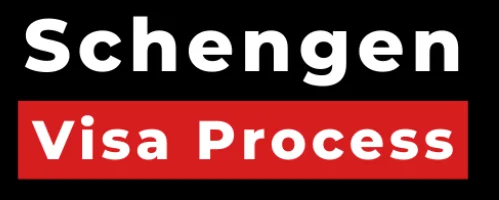Croatia, located in the Balkans, is a country that boasts of its rich history, scenic beauty, and cultural diversity. It is a popular tourist destination due to its stunning coastline, crystal-clear waters, and ancient architecture. Croatia has something to offer for everyone, from nature lovers to history buffs, food enthusiasts, and adventure seekers.
Best Time to Visit: The best time to visit Croatia is between May and September when the weather is warm and sunny. The peak tourist season is during July and August, so it’s advisable to visit in May, June, or September for a less crowded experience.
Tourist Attractions:
- Dubrovnik Old Town: a UNESCO World Heritage Site known for its ancient walls and architecture.
- Plitvice Lakes National Park: a breathtakingly beautiful park with crystal-clear lakes and waterfalls.
- Hvar Island: known for its beaches, nightlife, and vineyards.
- Diocletian’s Palace: an ancient Roman palace in Split that’s now a major tourist attraction.
- Zagreb: the capital city with an old town, museums, and galleries.
Things to Do:
- Visit the beaches and go swimming, sunbathing, or snorkeling.
- Explore the national parks and go hiking or kayaking.
- Enjoy the local cuisine and try the seafood, grilled meat, and wine.
- Visit the historical sites and learn about Croatia’s rich history and culture.
- Attend festivals and events, such as the Dubrovnik Summer Festival or the Split Summer Festival.
Cuisine: Croatian cuisine is influenced by Italian, Hungarian, and Turkish cuisine. Some of the popular dishes include:
- Seafood: grilled fish, octopus salad, and black risotto.
- Meat dishes: cevapi, grilled lamb or pork, and roasted meat with potatoes.
- Pastries: burek, a flaky pastry filled with cheese, meat, or vegetables.
Things to Visit:
- Pula Arena: an ancient Roman amphitheater in Pula.
- Krka National Park: a park with stunning waterfalls and hiking trails.
- Zadar: a coastal town with ancient architecture, museums, and art galleries.
- Trogir: a historic town with narrow streets, stone houses, and ancient churches.
Climate and Weather: Croatia has a Mediterranean climate with hot summers and mild winters. The coastal regions have a high amount of rainfall, while the interior regions have a continental climate with colder winters.
Culture and History: Croatia has a rich cultural heritage influenced by various empires and civilizations that ruled the country. The country has a strong emphasis on family values, religion, and tradition. The official language is Croatian, and the majority of the population is Roman Catholic.
Language and Diversity: Croatian is the official language of Croatia, and the majority of the population speaks it. However, English is widely spoken in tourist areas. Croatia has a diverse population with various ethnic groups, including Croats, Serbs, Bosniaks, and Albanians.
Economy: Croatia has a developing economy with a focus on tourism, agriculture, and manufacturing. The country has a strong export sector, with its main exports being machinery, textiles, and food products.
Currency: The official currency of Croatia is the Croatian kuna (HRK). It’s advisable to exchange currency at banks or exchange offices, and credit cards are widely accepted in tourist areas.
In conclusion, Croatia is a beautiful country that offers a unique experience to tourists with its breathtaking natural landscapes, rich cultural heritage, and delicious cuisine. The best time to visit is during the warm and sunny months between May and September, and there are plenty of tourist attractions and activities to enjoy. Whether you’re looking for a relaxing beach vacation or an adventure-filled trip, Croatia has something for everyone.
Visa Process
If you’re a tourist visiting Croatia, you don’t need a visa if you’re staying for up to 90 days within a 180-day period. However, you need to have a valid passport and proof of onward travel. If you’re planning to stay for more than 90 days or for other purposes, such as work or study, you need to apply for a visa.
If you’re looking for more detailed information on the visa process for Croatia, you can visit our website which provides comprehensive details on how to obtain a Croatian visa, the necessary documents required, and the application process. Our website also offers guidance on how to prepare for your trip, including travel tips and suggestions on places to visit. Additionally, we offer assistance with visa applications and other travel-related services to make your trip to Croatia a hassle-free experience.



